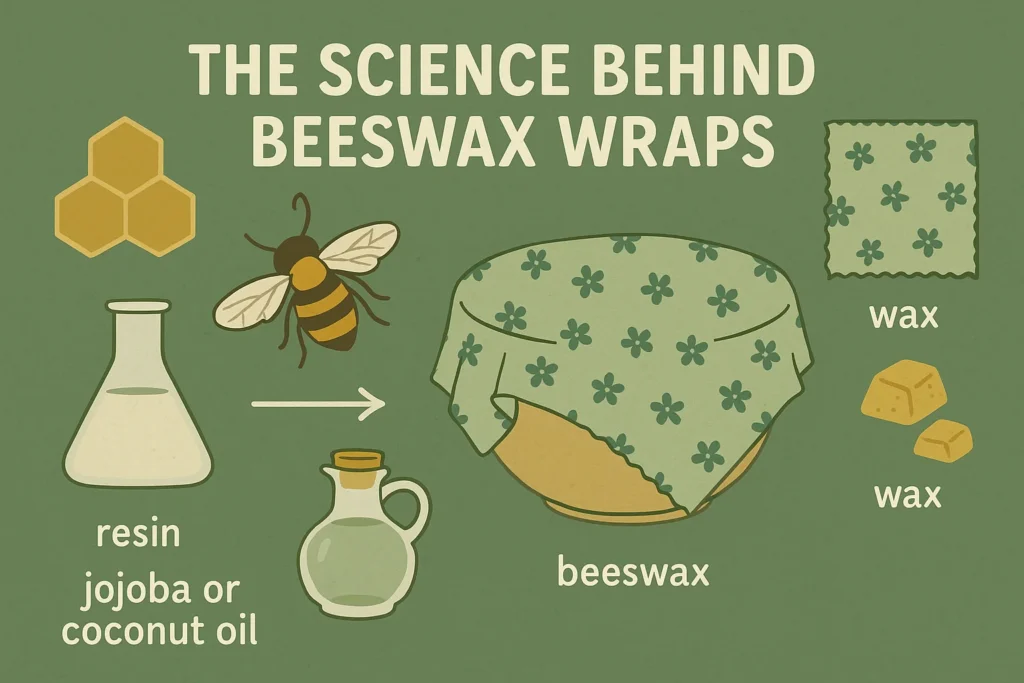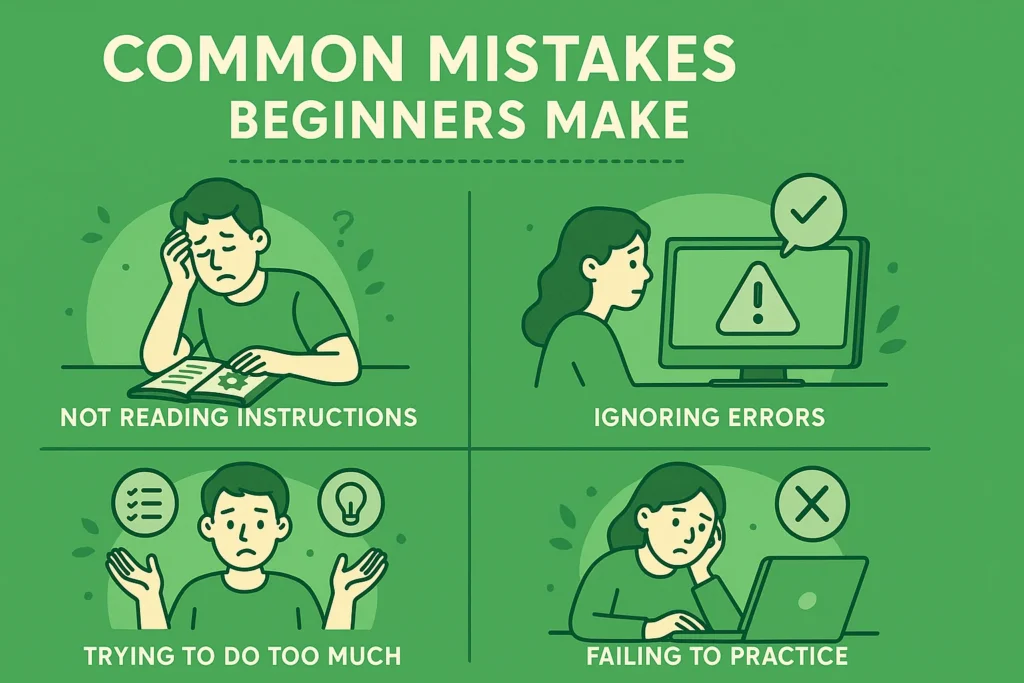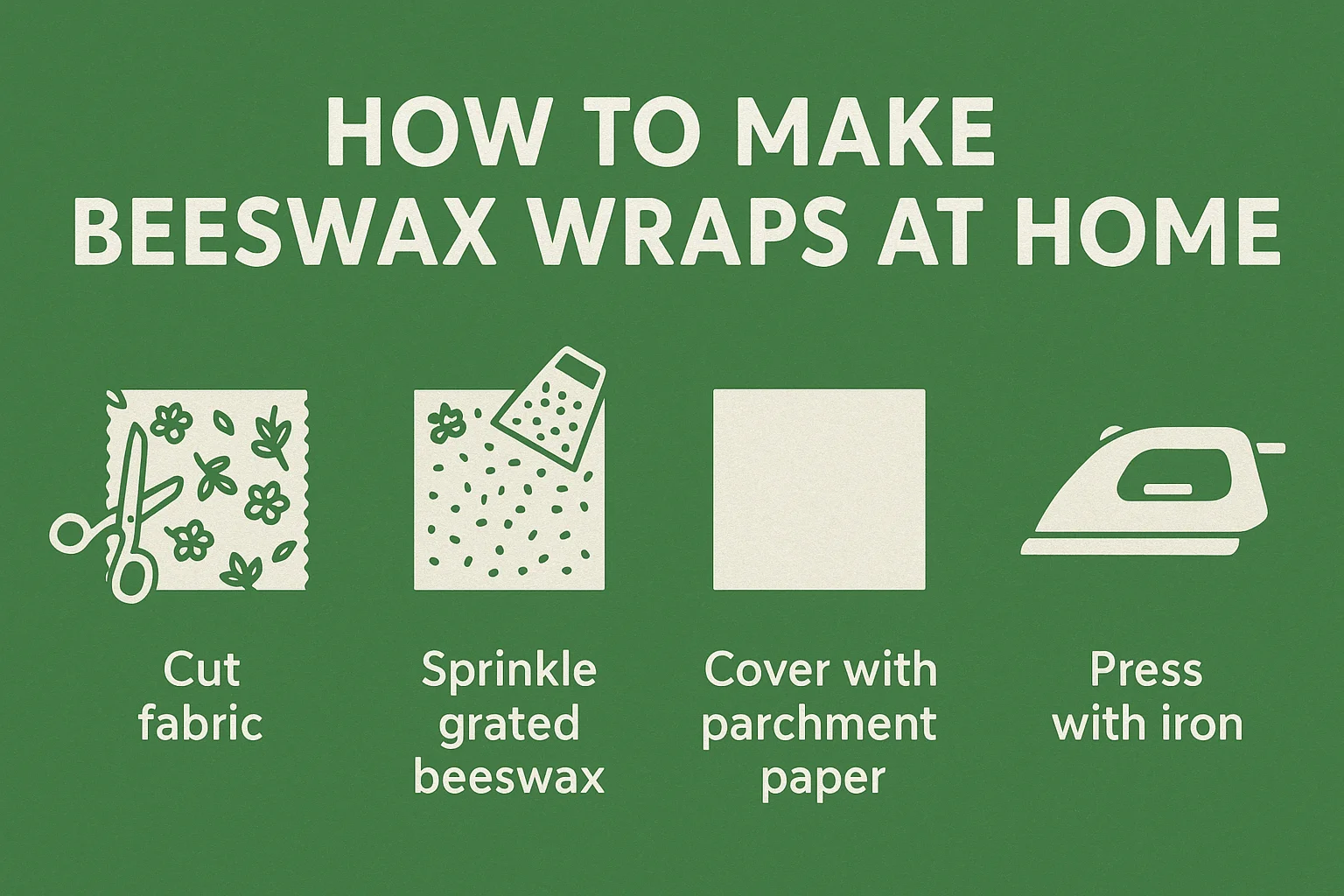Before refrigerators and plastic existed, people stored food naturally—wrapped in banana leaves, cloth, or earthen containers. In many South Asian homes, grandmothers still wrap parathas in muslin cloth or cover dough with a damp cotton cloth. Beeswax wraps are simply a modern, reusable version of those age-old practices.
Plastic wrap, though cheap, is wasteful. The average household in Pakistan, for instance, uses 15–20 rolls of cling film yearly, which adds up to thousands of meters of plastic waste. One beeswax wrap, however, can replace 200+ uses of plastic wrap.
That’s why Eco Gear Guides calls them a “bridge between tradition and sustainability.”
The Science Behind Beeswax Wraps

Beeswax isn’t just sticky—it has antibacterial properties that naturally keep food fresher. It creates a breathable barrier:
- Cheese stays soft instead of drying out.
- Bread doesn’t mold quickly.
- Herbs remain fresh twice as long.
Unlike plastic that suffocates food, beeswax allows air circulation while locking in moisture.
What You Need to Make Beeswax Wraps
| Material | Why It Works | Eco Gear Guides Tip |
|---|---|---|
| Cotton fabric | Breathable base; reusable | Repurpose old dupattas, pillow covers, or worn-out shirts. |
| Beeswax pellets | Coating, antibacterial, waterproof | Buy local from beekeepers—support eco-businesses. |
| Pine resin (optional) | Extra stickiness | Skip if not available—it’s optional. |
| Jojoba oil (optional) | Prevents cracking, keeps wrap flexible | A few drops only—too much makes it greasy. |
| Heat (oven/iron) | To melt wax into fabric | Oven = uniform; Iron = quick DIY. |
How to Make Beeswax Wraps at Home (Two Ways)
1. Oven Method – Best for Families
- Preheat oven to 150°C (300°F).
- Place fabric on parchment paper.
- Sprinkle beeswax (plus resin/oil if using).
- Bake for 5 minutes until melted.
- Spread evenly with a brush.
- Dry for 2 minutes and it’s ready.
Example: A Karachi family replaced foil and cling film for storing rotis with beeswax wraps. They claim wraps keep rotis soft longer than foil while cutting plastic use drastically.
2. Iron Method – Quick & Small Batches
- Sandwich fabric + beeswax between parchment sheets.
- Run hot iron over until wax melts.
- Peel and cool.
Example: A student in Lahore made wraps in her hostel room using only an iron. She now sells extras to her peers, earning side income while promoting eco-conscious living.
Unique Ways to Use Beeswax Wraps
Most guides stop at “wrap sandwiches.” Here are real-world hacks:
- For Rotis/Parathas: Keeps them soft in lunchboxes without foil.
- For Fresh Herbs: Mint, coriander, and curry leaves last 2–3 days longer.
- For Rising Dough: Cover bowls during bread or naan dough fermentation.
- Travel Snacks: Perfect for keeping dry fruit, nuts, or biscuits fresh.
- On Picnics or Hiking: Light, reusable, and doesn’t blow away like plastic.
Common Mistakes Beginners Make

- Using thick fabric (wax won’t absorb well).
- Adding too much wax (wrap becomes stiff).
- Washing in hot water (wax melts off).
- Expecting it to seal liquids (they’re not airtight).
Eco Gear Guides Tip: If your wrap feels patchy or uneven, simply reheat it for 2 minutes—it’s easily fixable.
Read More : How to Choose Green Hotels & Accommodations
How Long They Last (and Then What?)
| Timeline | Condition of Wrap | What to Do Next |
|---|---|---|
| First 6 months | Sticky, colorful | Regular use |
| 6–12 months | Slightly faded | Refresh with a thin beeswax coat |
| After 12 months | Thin coating | Compost or cut into cleaning cloths |
One Eco Gear Guides reader extended her wraps’ life to 18 months by refreshing twice.
Plastic vs. Beeswax: Real Eco Impact
Let’s compare:
- Plastic wrap: One roll ≈ 30 meters. 20 rolls/year = 600 meters of waste.
- Beeswax wrap: One lasts 200 uses = replaces about 3 rolls. A set of 6 wraps replaces ~18 rolls/year.
That means just one household can cut 75% of its cling film waste—and save over $80 annually.
Why Eco Gear Guides Recommends DIY Wraps
- Affordable: Store-bought wraps cost up to $20 for three. DIY = under $5 for a dozen.
- Custom Sizing: Make wraps big enough for naan or bread loaves.
- Waste-Free: Reuse old fabric instead of buying new.
- Hands-On Sustainability: Making them yourself builds stronger eco-habits.
Conclusion: A Small Swap, A Big Difference
Learning how to make beeswax wraps at home is more than a kitchen hack—it’s a cultural return to natural food storage and a powerful eco-choice. From covering rotis to wrapping herbs, these wraps save money, reduce waste, and honor sustainable traditions.
At Eco Gear Guides, we believe small daily actions—like switching from cling film to beeswax—create ripple effects. Imagine if every household made just 5 wraps: together, we’d eliminate millions of plastic rolls yearly.
Read More : DIY Natural Cleaners with Ingredients You Already Have
FAQs
1. Can I make vegan wraps?
Yes—use candelilla wax instead of beeswax.
2. Do beeswax wraps smell?
They carry a light honey scent, which fades with time.
3. Can I freeze food in them?
Yes, but for short periods (1–2 weeks).
4. Can I wash them with warm water?
No—use cold water to prevent wax from melting.
5. Are they safe for rotis and bread?
Yes—perfect for keeping them soft without foil or plastic.


